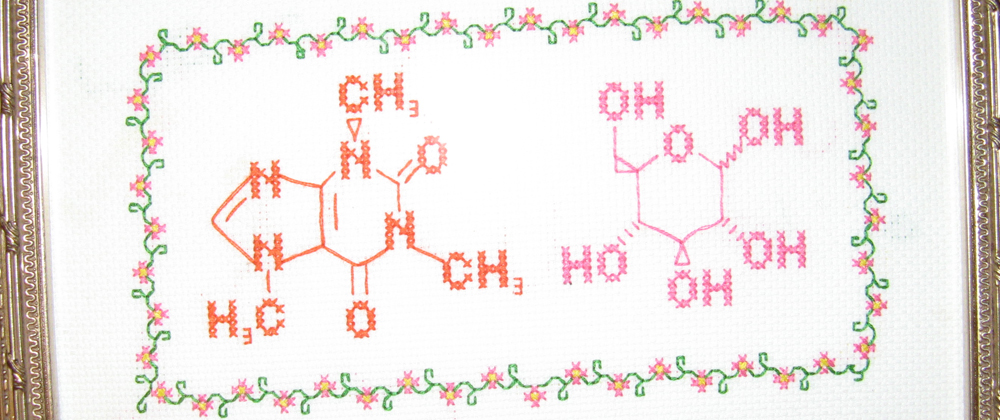… from a secret location. Because, in light of fluctuations in the slug and snail population when I go away, I think they may read my blog.
Non-rational lines, empathy, and animal research.
Today, at R.E.S.E.A.R.C.H.E.R.S., Dr J. posted a picture of a charming looking cat with the following text:
As little as I can do to push back against the sick minded evil mo-fo bastards who think animal testing on cats is ok….from now on I will post occasional photos of cats as a reminder that these animals are infinitely better than the low life scum that would put them in a lab and murder them, or would sit on an animal experiments committee and authorize their use in any such way, or cite papers involving their research or in anyway devalue them…I think you are debasing and damaging science by doing so and your moral fabric is in shreds and it is time to get it sorted, there is no acceptable justification.
Along with some of the follow-up in comments on that post, Dr. Isis finds this alarming:
Location, location, location: ethical considerations in where to run a clinical trial.
A day later than promised, let’s kick off our discussion of “Research Rashomon: Lessons from the Cameroon Pre-exposure Prophylaxis Trial Site” (PDF). The case study concerns a clinical trial of whether tenofovir, an antiretroviral drug, could prevent HIV infection. Before it was halted in the face of concerns raised by activists and the media, the particular clinical trial discussed in this case was conducted in Cameroon. Indeed, one of the big questions the activists raised about the trial was whether it was ethical to site it in Cameroon.
From the case study:
Snail eradication (day 38).
When the snail hunter is away, the gastropods will play.
Garden update: fruit tree status.
One of the fabulous things about living in our Northern California climate (zone 16) it the ability to transform our yard into a mini orchard. The biggest challenge so far has been patience, given that it takes fruit trees at least a few years to hit a level of maturity at which they produce fruit.
Even if we want fruit right now!
Do the math.
After the open house at the college radio station, I paid a visit to a now-defunct cafe that used to be downstairs from the radio station studio and found the following calculation written on the wall:
In which I paddle a canoe while the younger Free-Ride offspring minds the yard.

A highlight of reunion at my alma mater, as far as I’m concerned, it that they open up the boat house and let alumnae paddle (or sail, or crew, depending on their druthers) around the lake.
I’ve missed the lake.
I was also missing the rest of the Free-Ride family, so I took advantage of the excellent cell phone reception from the middle of the lake and called home.
Science Scout badge tally.

You may recall a couple years ago when the Order of the Science Scouts of Exemplary Repute and Above Average Physique started issuing badges.
Now, the Science Scouts have a spiffy new webpage and many new badges … and there are rumors (or should I say rumours) that actual, physical badges, suited for stitching onto sashes or lab coats, will be available.
So it seems like a good time to review the badges I have earned thus far as a Science Scout.
Garden report: recently planted.
There are two main reasons I like harvesting crops from the Free-Ride garden. First, it means we’ll have yummy, super-fresh fruits and vegetables to eat. And second, it often means we’re freeing up space to plant another crop.
Even in Northern California, where it is said we have “climate” rather than “weather,” there are crops that are seasonal. We are definitely past the “spring” planting season, and some of the spring crops are really looking happy.
Boston dispatch #3.
After a good long while hanging out and sucking wifi from MIT, I decided it was time to walk along Mass Ave to Harvard Square. The walk seemed significantly shorter than when I was a college student twenty (plus) years ago.
Possible explanations:



